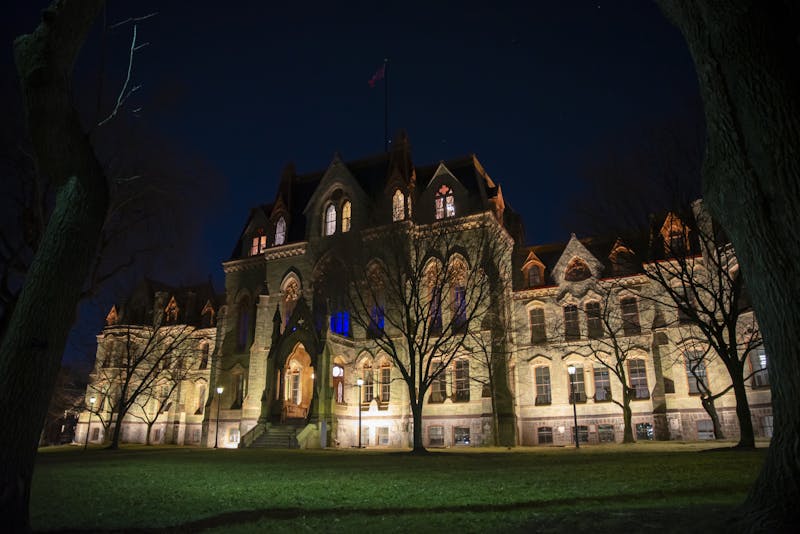New research conducted by astrophysicists at York University reveals the existence of 200 million km/hr winds blowing near a supermassive black hole.
Jesse Rogerson, the Ph.D. student heading this research, explains that these winds are the equivalent of a category 77 hurricane and that there is reason to believe that even faster "quasar winds" also exist.
An article EurekAlert! explains that quasars are hot disks that form around these supermassive black holes and arguably generate enough light to be seen across the universe. According to York University Associate Professor Patrick Hall, who is Rogerson's supervisor, quasar winds are detected when the matter that black holes "eat up" is blown away by the heat and light of the quasar.
Using the Sloan Digital Sky Survey to identify new outflows from quasars, Rogerson not only discovered the "fastest-ever ultraviolet wind" but also identified a slower moving wind in the same quasar. Closer watch of the quasar will hopefully yield a better understanding of this phenomenon.
"Quasar winds play an important role in galaxy formation," concludes Rogerson. "When galaxies form, these winds fling material outwards and deter the creation of stars. If such winds didn't exist or were less powerful, we would see far more stars in big galaxies than we actually do."
The Daily Pennsylvanian is an independent, student-run newspaper. Please consider making a donation to support the coverage that shapes the University. Your generosity ensures a future of strong journalism at Penn.
DonatePlease note All comments are eligible for publication in The Daily Pennsylvanian.







